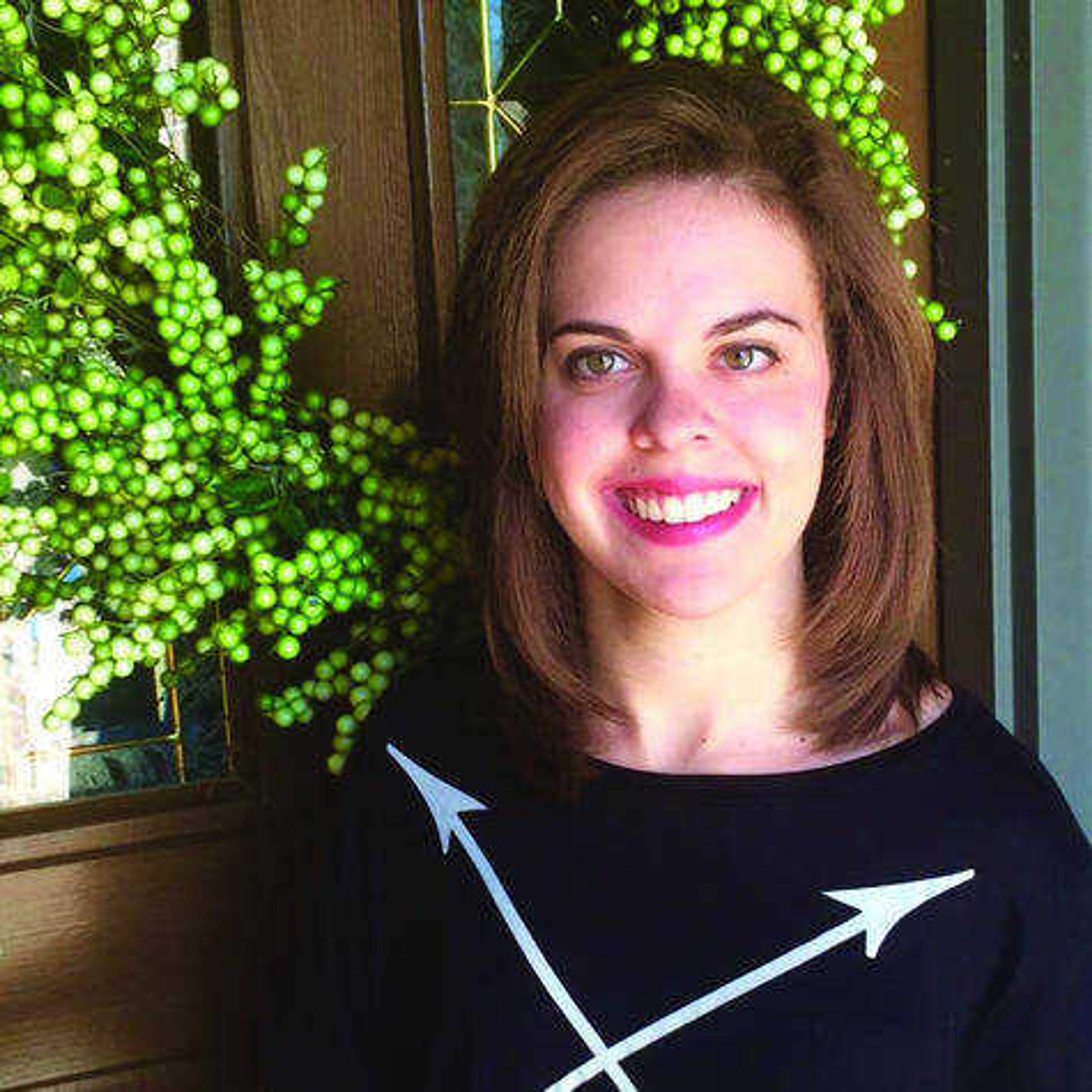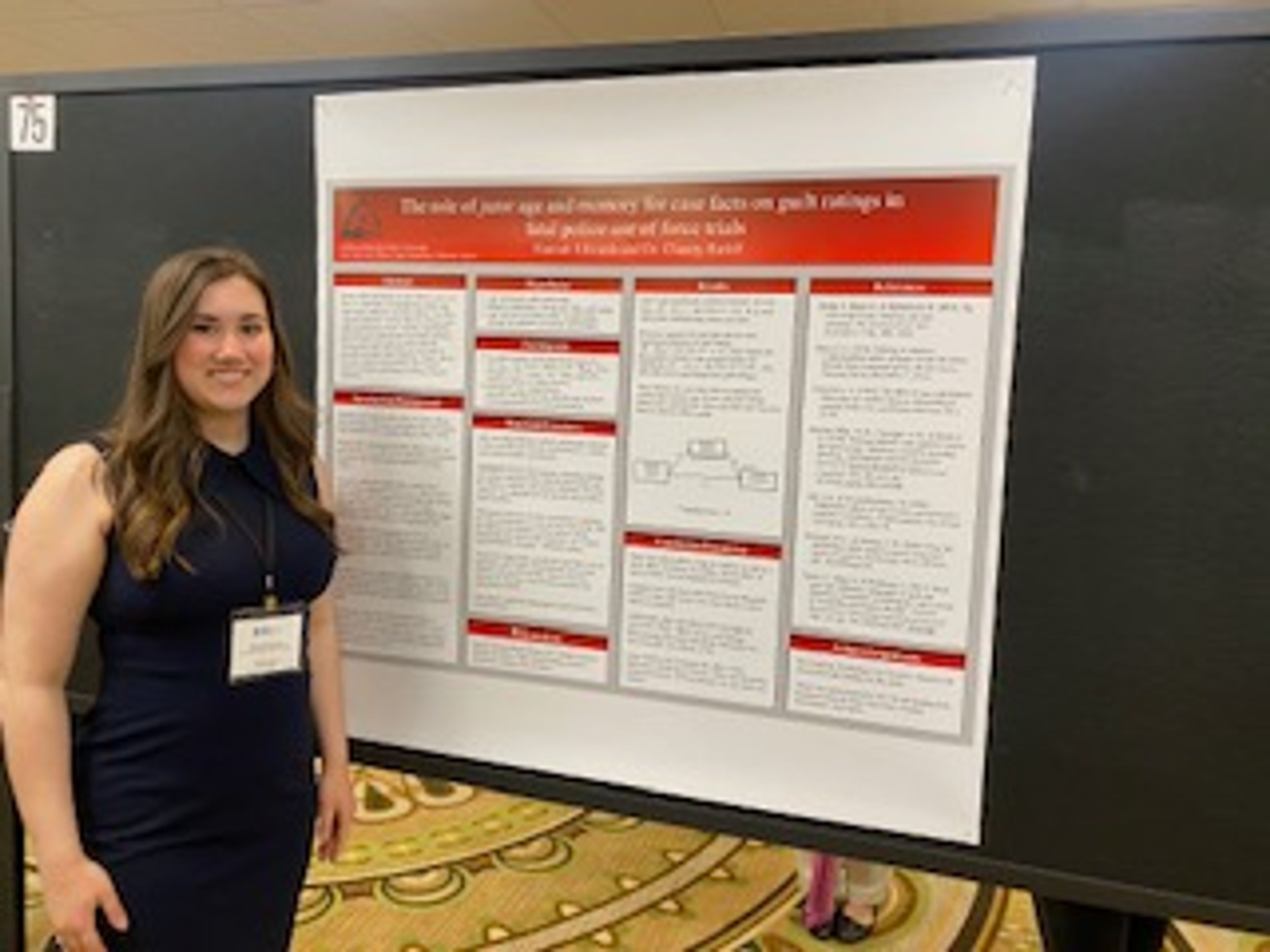Being disabled doesn't always mean being at a disadvantage. For Southeast Missouri State University junior Jordan Seyer, her disorder has never broken her spirit.
During infancy, Seyer was diagnosed with a type of cerebral palsy called spastic hemiparesis, a condition in which the body isn't fully paralyzed, but is impeded by simple movement. The condition occurs in the early developmental stages of the brain before or during birth.
"I was born three months premature," Seyer said. "I was suppose to be born during March of 1994, but I was born in December of 1993. My mother got sick the day before she went to the hospital. The doctors told her that they'd have to deliver me that day."
While walking through campus, Seyer said her biggest obstacle to overcome involves getting to her destination. When cerebral palsy affects the part of the brain associated with motor reflexes, the individual can experience difficulty with posture. Her affected movement may make walking more difficult, but she sees it as more of a challenge than a burden.
"The biggest struggles I face often deal with speed inadequacies, Seyer said. "What takes an average person five minutes to do, will take me around eight to 10 minutes. However, I still get whatever task I need to get finished, and finish it well. I just need extra time. If I carry a big load in my backpack, it will not only slow me down, but will throw off my balance. This makes me more likely to trip and fall. I'm improving all the time with my workouts though."
Seyer draws inspiration from childhood experiences during her education. She plans to become an English teacher to demonstrate her passion for the subject to a future generation of children.
"The reason I picked an English major is because I really love the subject," Seyer said. "I really struggled with it when I was younger. In first grade I was in a class within a class. They put me behind because I always wanted to read right to left instead of left to right."
Seyer added that since then she has come a long way with her grasp on the subject matter, to the point where she wants to turn it into a career.
"It took some time but ever since I mastered that, it made me want to spread that to kids, and that's what keeps me going," Seyer said. "It's not only my friends and family that help, but the fact that God put me here for a purpose. Are some days harder than others? Absolutely. But I'm here for a purpose; to educate, not only English but my disability."
On top of her academic schedule, Seyer makes sure she exercises regularly to help alleviate her symptoms. Because cerebral palsy is nonprogressive, the condition improves by staying active. A good balance of sleep and exercise can help impede the disease from advancing into more severe stages.
"I work out two times a week at Jackson Health Point," Seyer said. "I usually do three times during the summer when I have more time. That's the thing about cerebral palsy -- you have a certain degree of severity. It will get worse if you don't maintain it, so basically I'm never going to gain anything just maintain what I got. If I miss a day, it will put me behind even more."
To those who are familiar with her at Southeast, Seyer is nothing short of amazing. Her sisters in the Sigma Sigma Sigma sorority see her as an unsung hero. Seyer is always willing to step up and take the initiative whenever someone is in need of assistance.
"Anytime we need somebody to volunteer for something, she's there right away," junior Hailey Koerber said. "She's always one of the first few people to jump in and say, 'I'll be there,' and be so enthusiastic about it."
Other members of the Sigma Sigma Sigma sorority see Seyer as a great example of the sorority's core values of wisdom, power and faith. Stephanie Promitz, a sophomore at Southeast, said Seyer refuses to let her condition intervene with her daily schedule.
"We want to empower women, and I think it's cool that she doesn't let her disability define her," Promitz said. "I don't know that much about cerebral palsy, but I know that it can hold you back. She does what everyone else does, and doesn't let her condition prevent her from doing so."
Seyer had the chance to tell her story during the sorority recruitment process in the fall. Before she accepted the invitation to the sisterhood of Sigma Sigma Sigma, she wanted those around her to accept her for who she was.
"I was hesitant to join at first," Seyer said. "I remember the first night I went to the recruitment party of Sigma Sigma Sigma, told my story and a few girls cried. Every chance I got, I told everyone about myself with the five minutes I had. I wanted everyone to take me for who I am."






